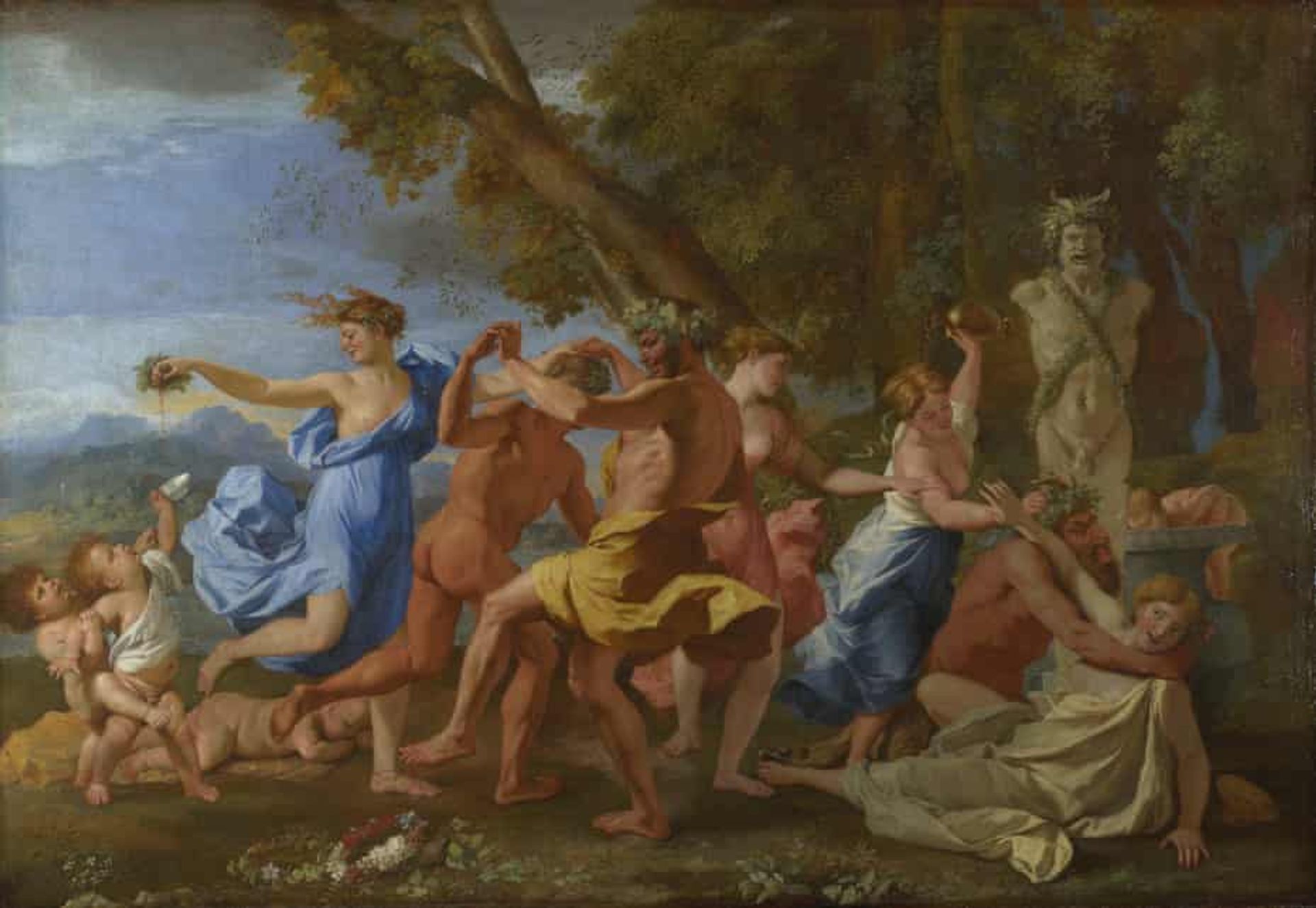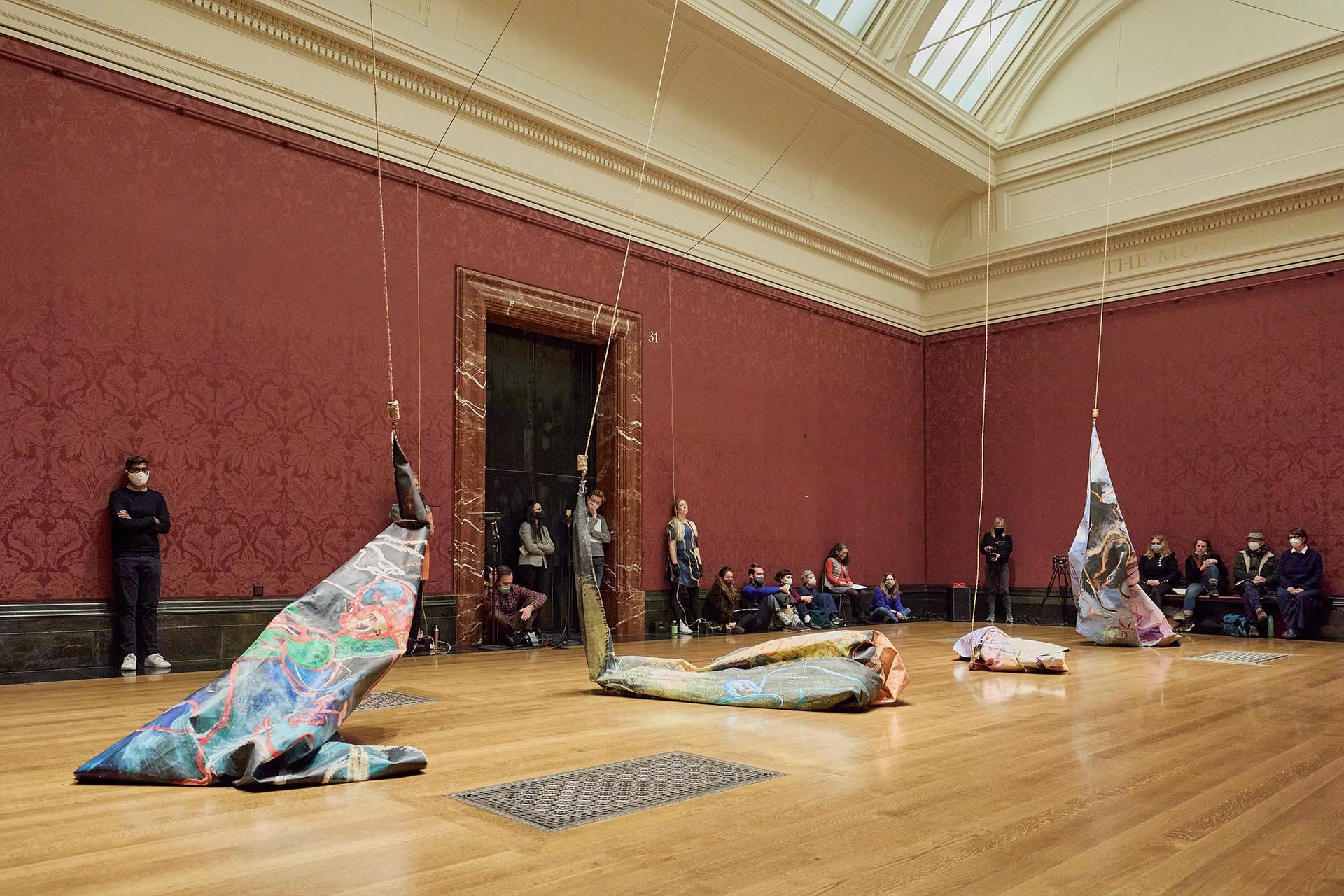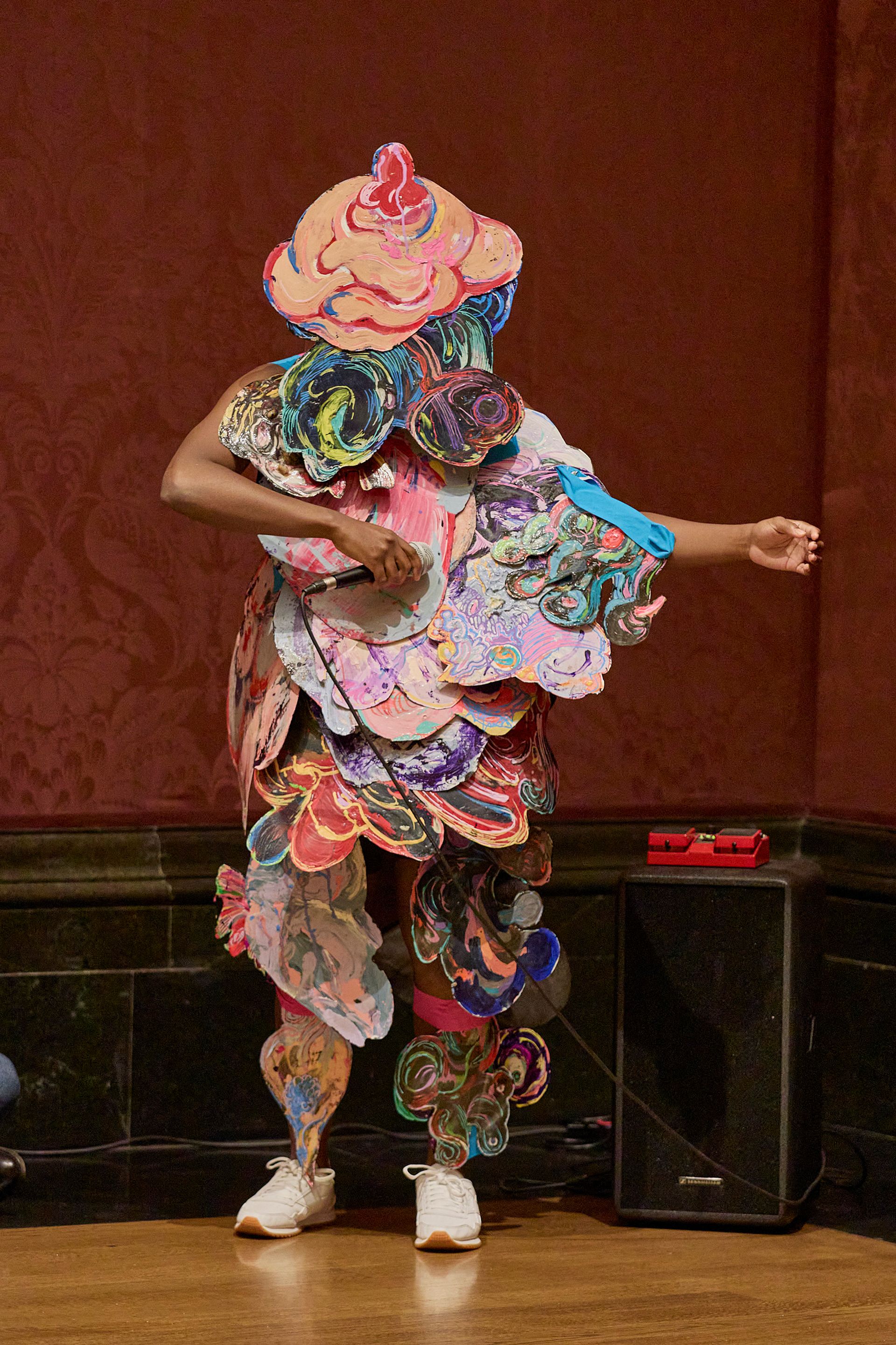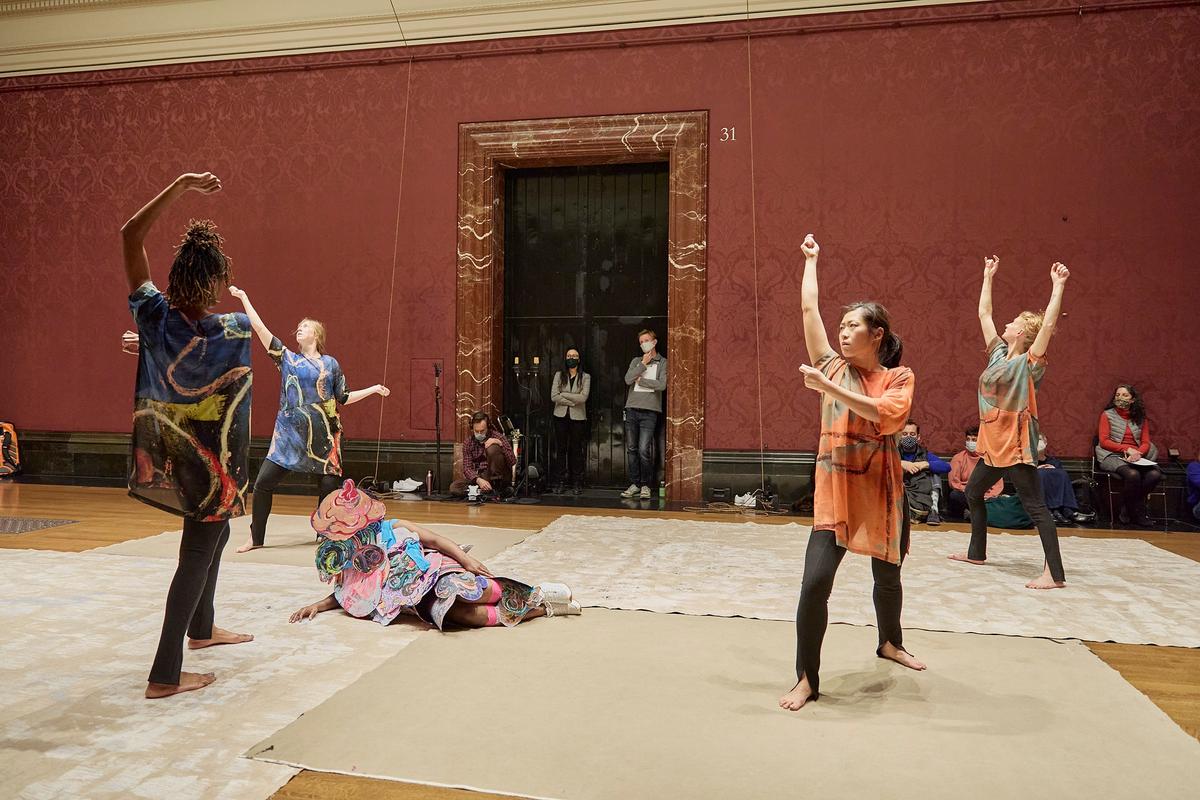The National Gallery in London'’s exhibition Poussin and the Dance (until 3 January)—the UK’s first significant show of the 17th century French painter for nearly 30 years—claims to reveal a new fun-loving side to this most erudite of artist’s artists. But while many of the paintings on show feature Dionysian revels and Bacchanalian cavortings, these shenanigans of gods and mortals are organised with a meticulous precision that seems the opposite of exuberant abandon.
A more hedonistic sensuousness is to be found in the stunning antique pieces which have been juxtaposed with the paintings inspired by them, most notably two vast marble vases from the first century CE: the Salpion of Athens, on loan from the archeological museum in Naples and the so-called Borghese Vase loaned by the Louvre. These are adorned with friezes of sensuously carved nymphs, satyrs and maenads who, several centuries later, crop up rather more clinically in Poussin’s compositions.

Poussin's Bacchanalian Revel Before a Term (1632-3). Courtesy of National Gallery, London
But while we might admire Poussin’s carefully choreographed frolickings, or appreciate the more ancient renderings of flesh into stone, it’s also impossible to ignore the dark side to all this mythical merrymaking and figurative grappling, where female flesh is served up in abundance and hedonism so often tips into orgy, abduction and rape.
Of course these old- masterly conundrums play out way beyond Poussin and the Dance and run throughout the entire National Gallery—and indeed every museum in the Western world. Before so many of art history’s greatest hits we now have to negotiate uncomfortably mixed feelings as painterly brilliance and sculptural gorgeousness distracts from what is actually being depicted, and the circumstances and value systems that shaped their form and content.

Performance of Florence Peake's Factual Actual (2021). Courtesy of Florence Peake
It was therefore an utter joy to see these vexed issues getting a robustly irreverent seeing-to in Florence Peake’s Factual Actual (2021), a live work which involved striking and unexpected physical encounters between paintings, performers, and audience members. This multilayered performance took place upstairs from the Poussin show, in a gallery that, deliciously, was directly adjacent to Velazquez’s Rokeby Venus (1647-1651). Here five dancers interacted with four giant vivid canvases painted by Peake, which were first suspended from the ceiling before being winched down to the floor to be dragged, crumpled, propped and used to cover, hide and house the performers.
Liberated from their gold frames, these giant lumps of cloth, which Peale had emblazoned with colossal tumbling multi-gendered figures bearing all manner of body parts, became further reanimated as active participants in the piece. No longer passive objects of veneration, the paintings took on a new role, getting down and dirty with the dancers and even, at one point, having their surfaces bumped and scratched with a microphone to form an aural backdrop to the action.
Here, despite being at the heart of the National Gallery and in close proximity to so many precious and revered master—yes master—pieces, nothing was sacrosanct: not even the audience, which often became engulfed in, or touched by, all the swooshing canvas-action. At times spectators were even forced to budge up to make room for one particularly disquieting performer, an impassive adorned and slightly sinister paint deity, covered Samurai-style in vivid scale-like armoured plates of painted canvas.

Natifah White performing Florence Peake's Factual Actual (2021)
Factual Actual is part of Dance to the Music of Our Time, a programme of live works commissioned by National Gallery curator Priyesh Mistry in response to their Poussin exhibition. The other artists exploring assumptions around art history and messing with the canon are Hetain Patel, Zadie Xa and Benito Mayor Vallejo and all of their performances as well as Factual Actual can now be viewed here.
Dance to the Music of Our Time is one of the many inventive initiatives take by the National Gallery in recent years to involve contemporary artists in its collection, with Kehinde Whiley’s exhibition The Prelude (until 18 April), a reclaiming and reframing of the sublime landscape tradition, another notable example.
More historic highlights include Michael Landy’s animatronic Saints Alive in 2013, Chris Ofili’s 2017 Weaving Magic tapestry and wall paintings and George Shaw’s deliciously glum landscapes in 2016. However despite the debunking challenges to the white male establishment made by many of the above, as well as Peake and her performers, the fact that the National Gallery saw nothing amiss in its decision to blow up Poussin’s postcard size pen and ink Study for the Abduction of the Sabine Women (around 1633) to more than two metres high as part of its Poussin-themed café décor shows that there is still much work to be done.


